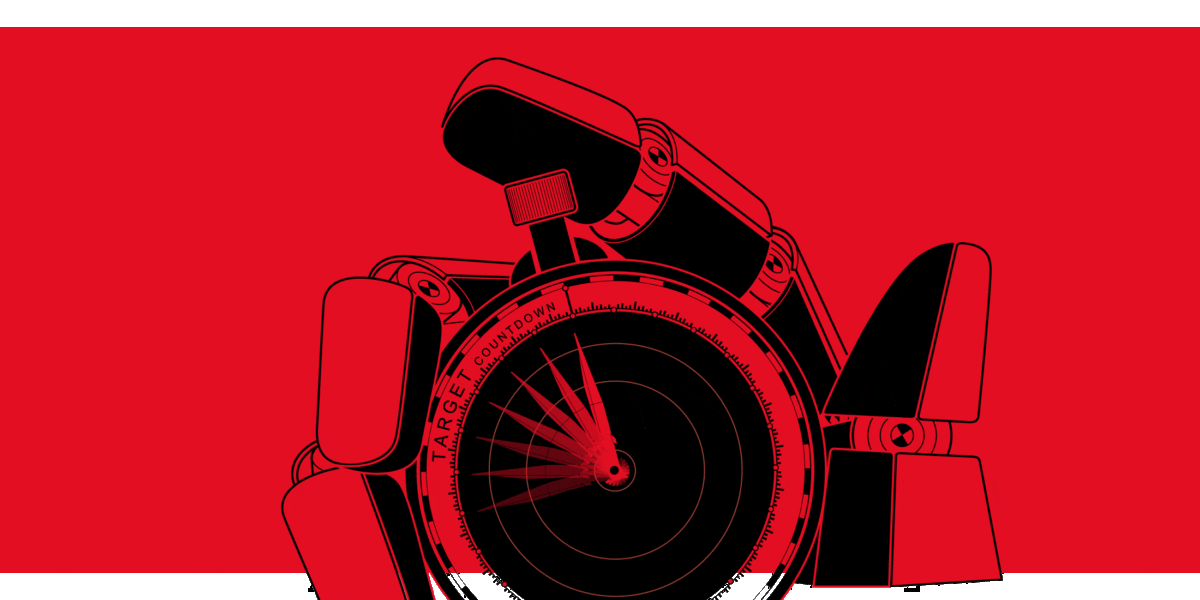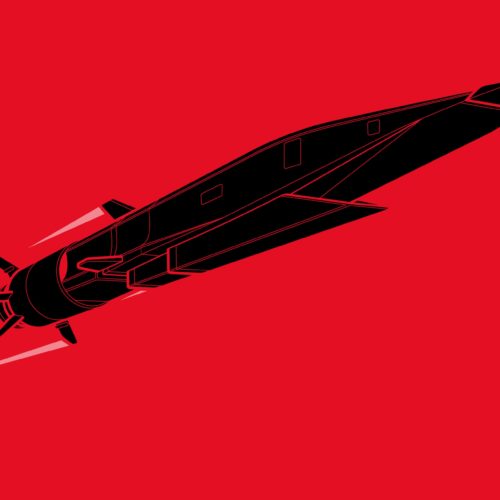
Scary Fast
With enormous advances in computing and sensors, virtually every tool of modern warfare is being turbocharged to operate at a higher speed. Satellite sensing is quicker. Anti-tank and anti-ship missiles operate more rapidly and can pick out targets by themselves. Communications and data-sharing have sped up. Defensive systems are being stretched to block threats faster than humans can think or act. Deadly missiles are being developed that can travel at more than 15 times the speed of sound. Electronic warfare – including digital fistfights between computers – will in the future unfold at the speed of light.
All this is in keeping with military dogma demanding that weapons be constantly “smarter and faster.” The point, as military officers frequently say, is to be able to inflict damage so quickly that opponents are incapable of an effective defense. In war colleges, it’s called “getting inside” the enemy’s OODA loop – the famous military decision cycle of “observe, orient, decide, and act” first delineated by an Air Force colonel, John Boyd, many decades ago. And speed is considered the best pathway to disrupt that cycle.
The arrival of such full tilt weaponry has both virtues and drawbacks. Advocates say, for example, that handing more decision-making to fast computers might produce fewer mistakes than humans make.
But Fred Ikle, a sociologist and former MIT professor who studied the effects of the Nagasaki nuclear blast and later served as the undersecretary of defense for policy during the presidency of Ronald Reagan, sounded an early warning about the implications of accelerating military speed. In an article he wrote for Foreign Affairs in January 1973, Ikle noted that “everything around us is moving faster than it used to – personal transit, computing, shifts in the earth’s climate, stock trading….But not the speed at which humans can process a specific task.”
Time, Ikle wrote, “is the best healer of mistakes, whether technical or human. The insistence on speed leaves insufficient time for double-checking; it denies the opportunity for correction. If rapidity becomes the overriding concern, independent monitors tend to get pushed aside.”
His remarks were echoed in May, perhaps not deliberately, by the Trump administration’s deputy undersecretary of defense for policy, David J. Trachtenberg. During testimony to the Senate Committee on Armed Services about the virtues of relatively slow-flying strategic bombers, Trachtenberg noted that because of their “relative slowness compared to a ballistic missile, it gives decisionmakers additional time and space to try to negotiate or reduce, in a crisis, the opportunity for miscalculation or any unintended or potential escalation.”
Sluggishness is not widely considered by many of his colleagues to be an attribute in contemporary military technology, however.
And so our ambition beginning today in this series is to take a deep look at the rising speed of weaponry now being developed by militaries around the globe, and at its potential consequences for peace, for national security —and for war.
Secretive Pentagon research program looks to replace hackers with AI
Tomorrow’s wars will be faster, more high-tech, and less human than ever before. Welcome to a new era of machine-driven warfare.
How hypersonic missiles — which travel at more than 15 times the speed of sound — are touching off a new global arms race that threatens to change the nature of warfare.


